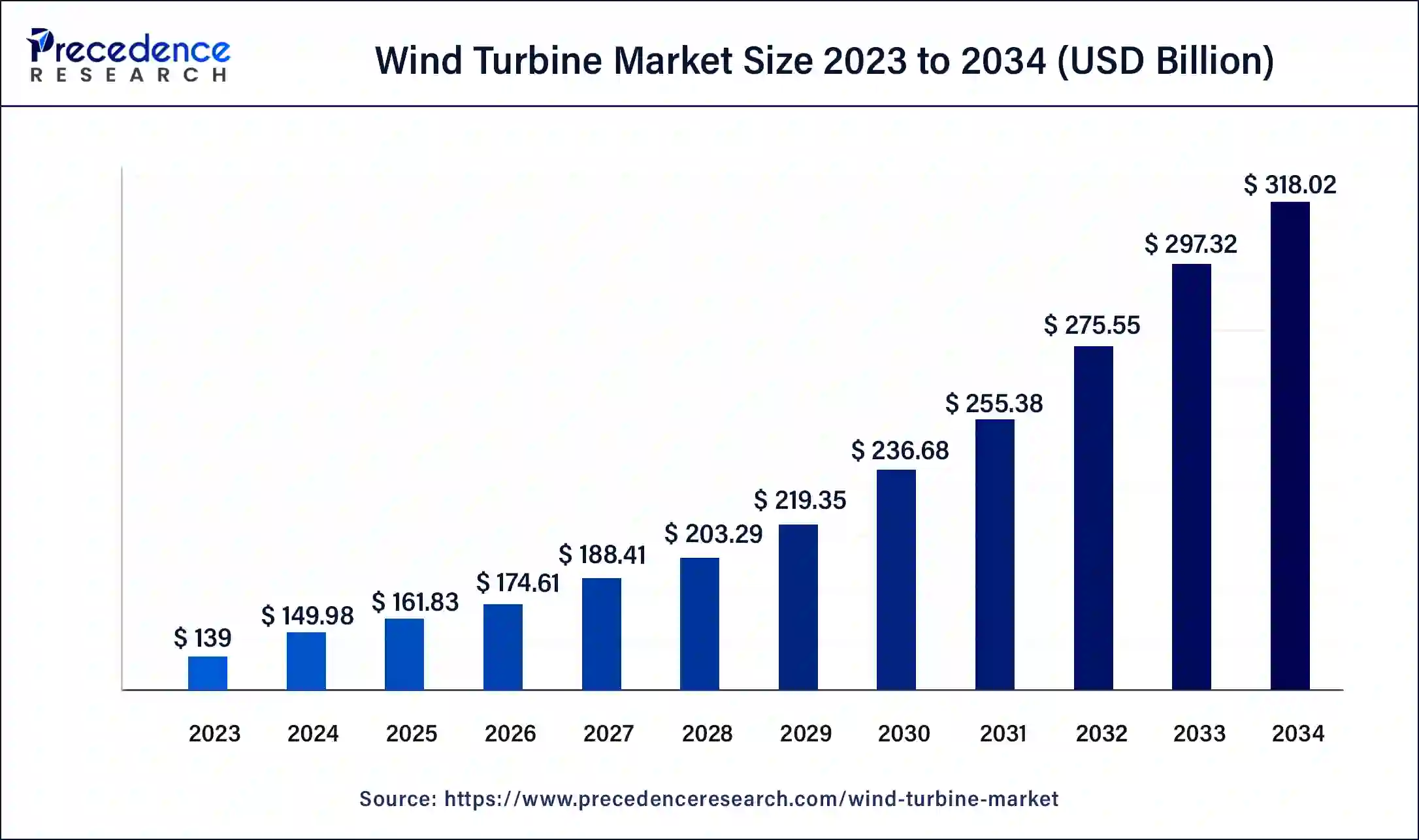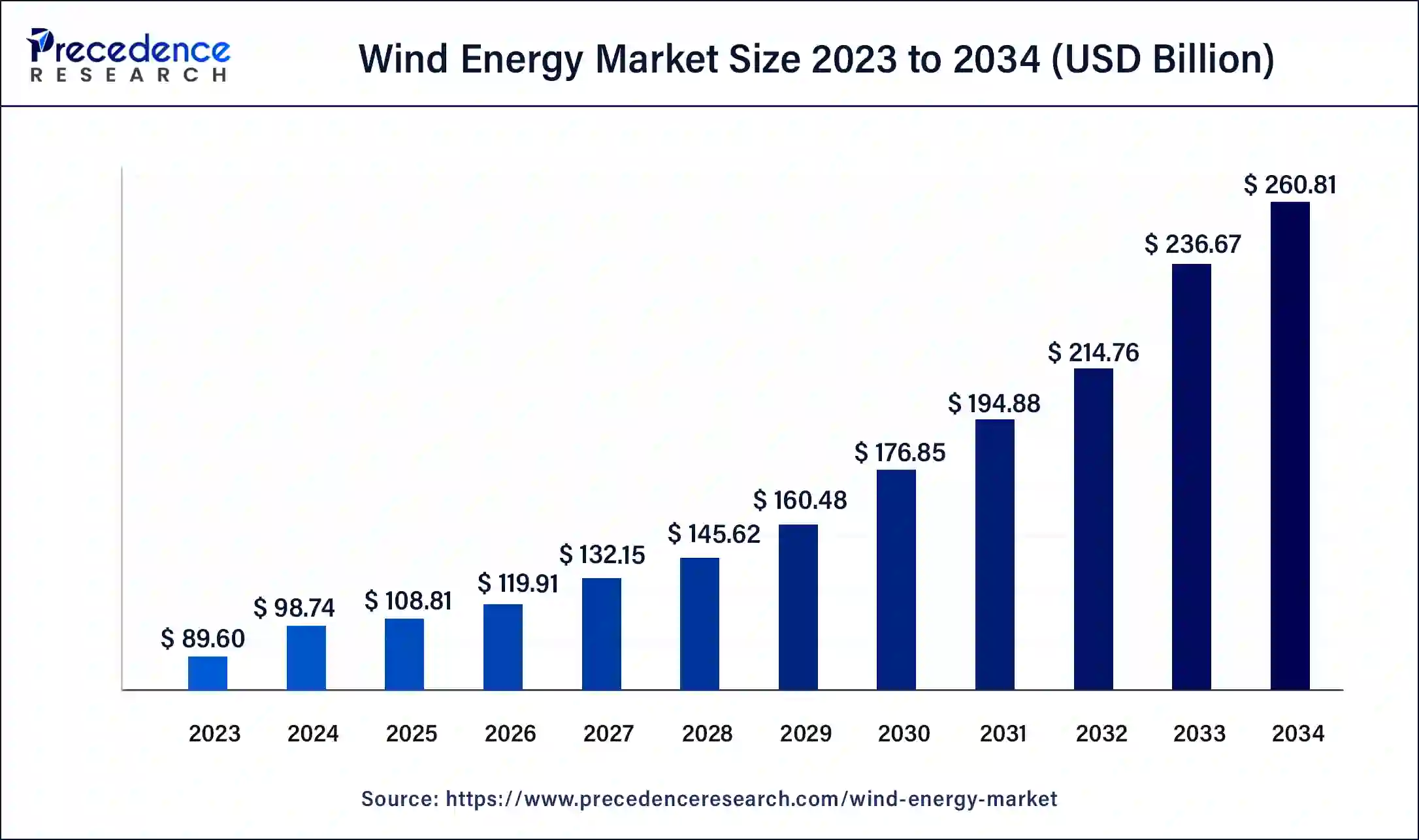Windmills first appeared in Persia between 200 and 500 AD and were used to grind grain and pump water. The first instances operated on vertical axes and were analogous to a water wheel. That is, despite the fact that wind driven vessels had been in use for centuries, these first mills did not use airfoils. In the 11th century, designs more akin to modern windmills began appearing throughout the middle east. Merchants and crusaders brought the windmill back to Europe.
The first instances of wind being used to drive a dynamo to generate electricity took place in the 1880s with demonstration prototype having been assembled by Josef Freidlander, an engineer, in 1883 at the Vienna Electrical Exhibition and a larger unit designed and built by Scottish Engineer James Blyth on his own property and used to power his cottage in 1887. Following their introduction, wind driven generators came to be widely used throughout rural areas to provide electricity to farmers and ranchers (who had been using wind for years to pump water) distant from urban areas then undergoing electrification. But, as power lines eventually reached these isolated farmsteads, the use of windmill generators waned.
The first electric generator was invented by Michael Faraday in 1831. Ten years earlier, Faraday had also invented the first electric motor.
An obvious but, by some posters, frequently overlooked point is that the invention and development of the electrical generator necessarily had to precede the first wind-driven generators.
Another point is that if modern wind turbines are obsolete because man first began utilizing wind power over 2,000 years ago, the same sort of logic would apply to fossil fuel use given that humans began using fire approximately one million years ago. Obviously both these statements are useless.
As any participant of this forum is aware, modern wind turbine generators appeared as a means to produce electrical power without GHG emissions. That wind is not a constant was obviously known but the ability to produce usable amounts of electricity without emissions and with zero fuel costs drove the creation of a new industry. Sites with consistent winds of sufficient velocity were identified and wind turbine farms began to appear. The development of battery technology capable of supporting utility scale operations was an enabling factor and numerous alternative methods of energy storage, eg gravity batteries, pumped hydroelectric, compressed air and flywheel have been developed. Thus the development of modern wind turbine generators makes use of state-of-the-art technologies which have served the world in moving away from fossil fuels. They are in no way obsolete and they are not leading us back to a horse-and-buggy era.
Another related falsehood that we have repeatedly seen on this forum is that the manufacture of wind turbines is the largest industry in the world and that point, in and of itself, is declared harmful. In fact, the manufacture of wind turbines is no where near the largest industrial market. The fossil fuel industry is 100 times its size. Here are the top ten by market value:
View attachment 965806
The manufacture of wind turbines and solar panels do not even appear on the list. The very top, of course, is the fossil fuel industry. Perhaps this is what inspired the projection that some posters have applied to the alternative energy sector.
GOOGLE AI
The global wind turbine market was valued at
$60 billion in 2022 and is expected to reach $108.98 billion by 2032, growing at a compound annual growth rate (CAGR) of 6.2% from 2023 to 2032. The small wind turbine market was valued at $3.3 billion in 2023 and is expected to grow at a CAGR of over 13.1% from 2024 to 2032.
Wind Turbine Market Size accounted for USD 58.5 Billion in 2022 and is projected to achieve a market size of USD 107.1 Billion by 2032 growing at a CA...

www.acumenresearchandconsulting.com
The global wind turbine market size is calculated at USD 149.98 billion in 2024 and is projected to hit around USD 318.02 billion by 2034 with a notable CAGR of 7.81%.

www.precedenceresearch.com
The wind energy market size accounted for USD 98.74 billion in 2024 and is projected to be worth around USD 260.81 billion by 2034 at a CAGR of 10.2%.

www.precedenceresearch.com



